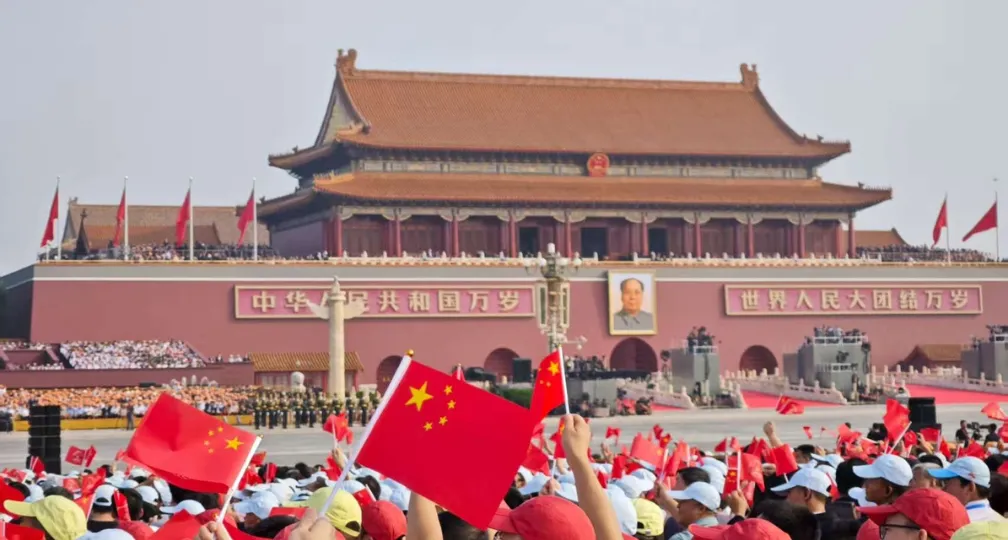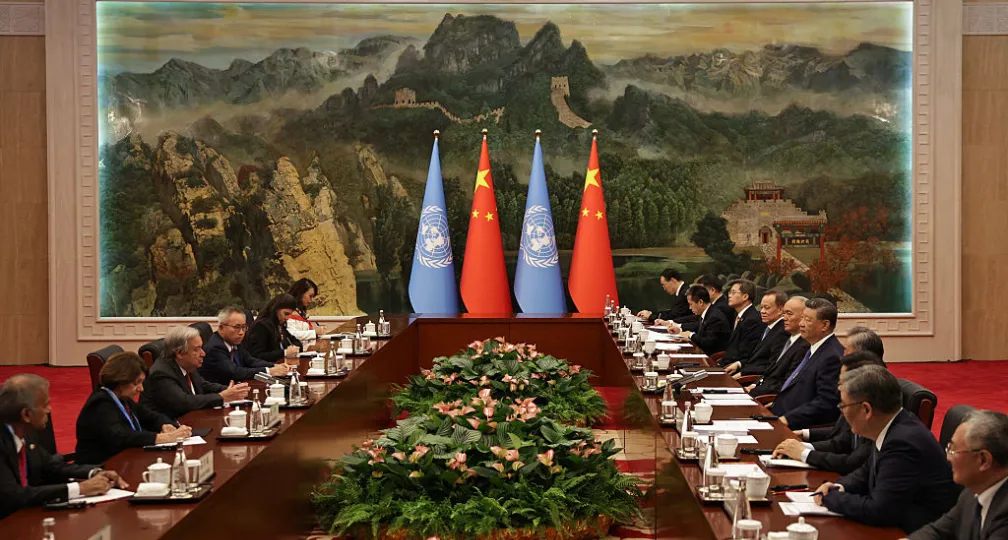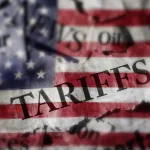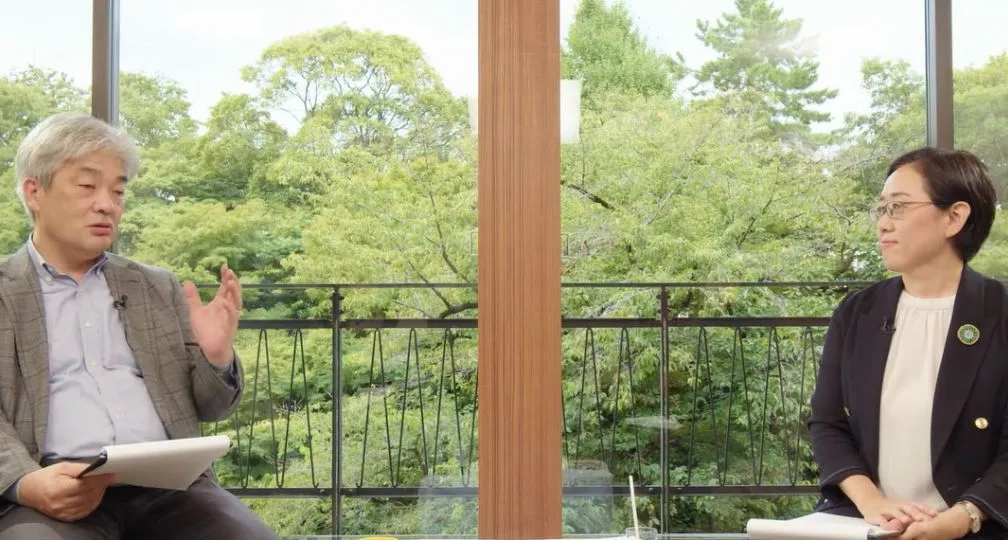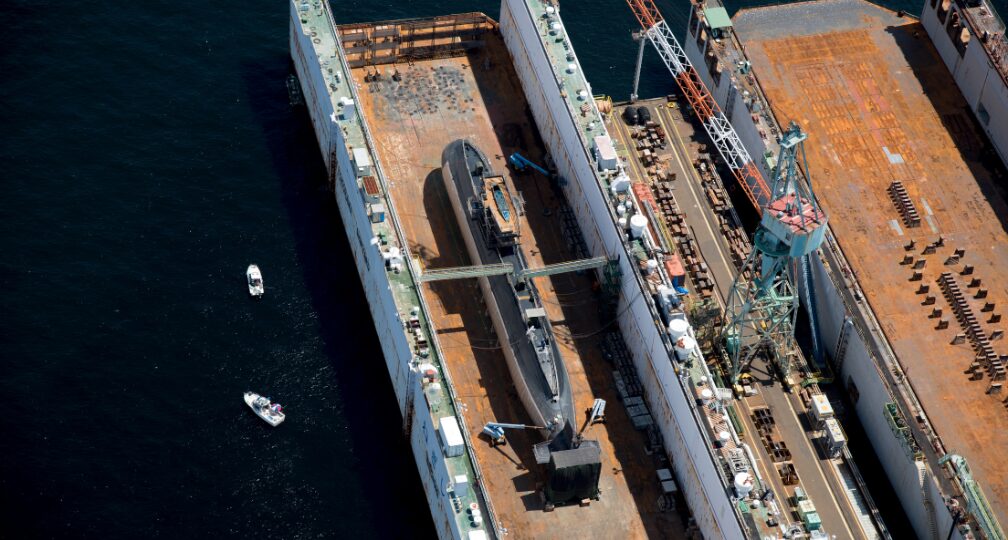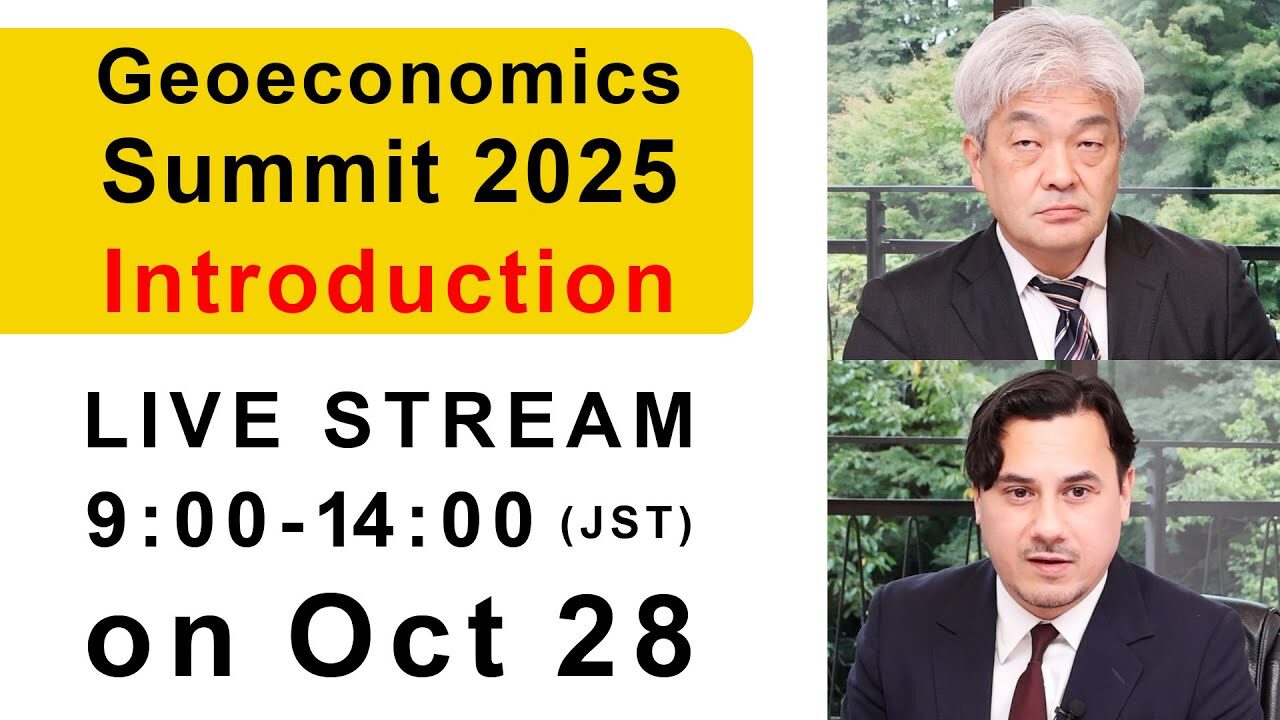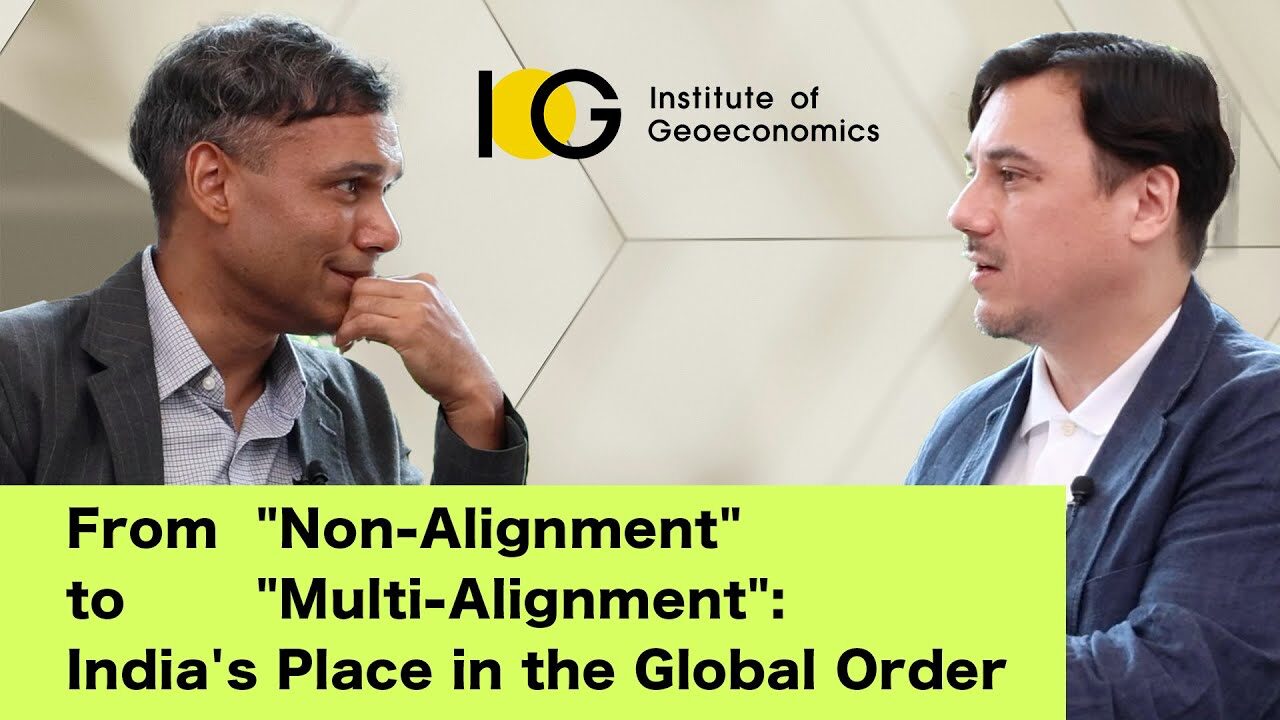Is China going unchecked while the West supports Ukraine?
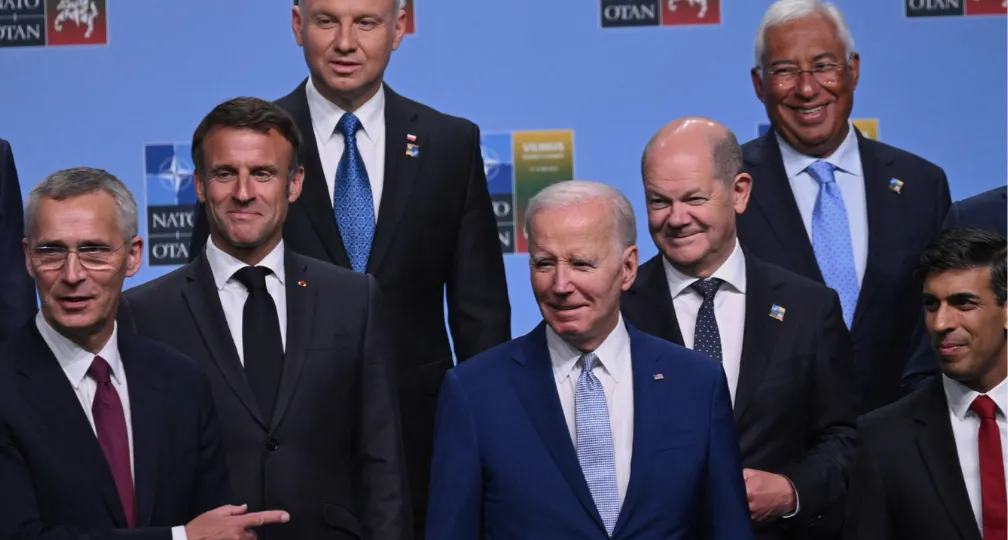
Associate Professor, International Security and European Politics, Keio University
Visiting Fellow, the Australian National University
This article was posted to the Japan Times on August 8 2023:
https://www.japantimes.co.jp/commentary/2023/08/09/support-ukraine-china-expense/
In spite of lingering claims about “Ukraine fatigue” in the West and the stalled discussions on Kyiv’s possible future membership of NATO, the United States and Europe are stepping up their arms provision to Ukraine and strengthening commitment in the long-term.
On the other hand, concerns are arising over the U.S. strengthening its involvement in Ukraine, with some criticizing the move as having a negative impact on Washington’s capability to deter and address a possible contingency involving China in the Indo-Pacific region.
Simply put, the question is which should be given priority as a threat and challenge that needs responding to — Russia or China. As long as there are limits to U.S. resources, there is no denying a tradeoff.
This leads to an argument as to whether U.S. should avoid getting too involved in Ukraine and prioritize its response to China.
However, the real world is more complicated, and there are many misunderstandings and ambiguities behind such an argument.
Obviously, tradeoffs between Europe and Asia, or between Russia and China, become more acute when contingencies occur simultaneously. But currently there are differences in the timing of such contingencies occurring, given that a military invasion of Taiwan does not seem to be imminent at the moment, while Russia’s invasion of Ukraine is ongoing. It is natural that the U.S., or any other country for that matter, needs to respond to contingencies that have already erupted.
Yet, if the war in Ukraine goes on for a long time, the risk will rise for contingencies to take place in two different regions at the same time, constituting one of the main reasons why the U.S. is trying to avoid a prolonged war.
Excessive commitment
The argument that the excessive involvement of the U.S. in Europe adversely affects its capability to address China often lacks the clarity of what is regarded as excessive.
While the support for Ukraine is drawing much attention, NATO’s most important mission is to defend the territories of its members.
U.S. President Joe Biden, despite ruling out sending U.S. troops to Ukraine, has made clear that the U.S. will defend “every inch” of NATO territory, including by sending between 20,000 and 40,000 U.S. troops to various NATO member states in Europe.
The argument that the U.S. is giving too much assistance to Ukraine and the claim that it is too committed to defending its NATO allies are completely different. The former is often heard in the U.S., the latter rarely so.
Yet, if Washington is serious about rebalancing the geographical priorities, it needs to reconsider the level of its commitment to NATO, as it plays a far bigger part than the assistance to Ukraine in its involvement in Europe. Criticizing only the assistance to Ukraine misses the broader picture.
Yet, assuming that the U.S. cannot or does not intend to decrease its level of commitment to NATO, that would indicate that the aid given to Ukraine is being used as a scapegoat.
A survey by Pew Research Center conducted in June showed that 28% of Americans surveyed said the U.S. is giving too much support to Ukraine, significantly higher than 7% in March 2022.
There are huge gaps in perceptions among the respondents depending on which political party they support, with just 14% of Democrats and those leaning toward the Democrats viewing the current level of U.S. aid as excessive while 44% of Republicans and Republican-leaning independents saying so. The results lead to concern over the outcome of next year’s U.S. presidential elections.
The real scale of assistance
The U.S. is by far the top provider of assistance to Ukraine, offering a total of some $46.6 billion between February 2022 and June this year in military aid alone.
This is definitely a large sum of money, but the U.S. has allotted $816.7 billion in fiscal 2023 to the Defense Department, and the aid to Ukraine is equivalent to only 5.7% of the amount.
In the 20 years from 2001, the U.S. spent more than $2 trillion from the Defense Department budget alone on operations in Iraq and Afghanistan, more than $100 billion a year on average. The aid given to Ukraine totals less than half that yearly amount.
In 2012, under U.S. President Barack Obama’s administration, Washington gave up being ready for two large-scale conflicts at the same time. But if the current level of assistance to Ukraine — smaller in budget compared with the time Washington got involved in Iraq and Afghanistan and also without direct involvement by U.S. troops — will make it truly difficult for the U.S. to respond to China, the issue is more serious than something that can be solved by simply cutting down on the assistance.
Even so, there are tradeoffs occurring between Europe and the Indo-Pacific region in some sectors.
Despite the fact that Europe is largely a land domain, the U.S. reinforcement to Europe goes beyond just ground forces. F-35 stealth fighter jets and unmanned surveillance planes, as well as aircraft carriers and submarines have also been sent to the region, to places including the Mediterranean Sea.
They are deployed there primarily to enhance NATO’s deterrence and defense rather than to support Ukraine. Yet, the result is a sort of “competition” for U.S. assets and resources between the European and the Indo-Pacific theaters.
In particular, the question of the supply of weapons and ammunition is acute.
The High Mobility Artillery Rocket System (HIMARS) that has proved effective in Ukraine is highly needed in the Indo-Pacific region as well, and there is a risk of the U.S. military’s inventory levels lowering for various air defense systems including the Patriot missile system.
However, we must also take into account some positive aspects.
Indo-Pacific effects
Firstly, if the aid to Ukraine over the past year results in a dangerously low inventory levels of weapons and ammunition and difficulty in replenishing them, that would be a huge problem in itself.
Having recognized the problem, Western countries have started expanding their arms and ammunition production capabilities, which could benefit the countries of the Indo-Pacific region.
It is a wakeup call for Japan as well. Tokyo has now become more eager to secure weapons and ammunition supply chains, including by expanding its own production capabilities. If a contingency involving China occurs, we cannot bet on it ending in a short period of time.
Secondly, we cannot overlook the fact that various arms and ammunition used on the front lines in Ukraine at unprecedented scale and pace, as well as operations conducted to defend NATO members, are leading to the accumulation of valuable information and experiences.
The HIMARS software is reported to have been updated in response to Russia’s electronic warfare. The F-35 unit dispatched to assist the defense efforts of NATO countries is also said to have learned invaluable lessons through its first long-term, long-distance deployment.
Those will help strengthen response capabilities in the Indo-Pacific region, indicating tradeoffs of military equipment should not be viewed in static terms.
Still, the argument that European countries should play a bigger role in responding to Russia’s invasion of Ukraine, including providing weapons to Kyiv, is totally reasonable, and it is natural for the U.S. to feel discontented. These debates and this frustration among Americans are becoming a bigger factor in U.S. domestic politics as the country gears up for the 2024 presidential election.
Nonetheless, just arguing that Washington needs to let Europe deal with Russia and Ukraine cannot be a responsible proposition for the U.S.’ own interest either. This is because were Europe to fail to address the challenges stemming from Russia’s invasion of Ukraine, U.S. interests would inevitably be affected as well.
Those who claim that issues taking place in Europe should be dealt with within the region and that the U.S. should focus on China often fail to recognize this inconvenient reality. In theory, it makes sense for Washington to prioritize China over Russia. Yet, given that the war is already ongoing in Europe, the U.S. cannot afford to ignore it because it cannot avoid being affected by its outcome, no matter to what extent it is involved.
Ukraine today, East Asia tomorrow
Looking at the debates in the U.S. more closely, not a small number of Republicans who are critical of the Biden administration’s approach to Ukraine argue that the U.S. should send more weapons to Ukraine to defeat Russia and end the war soon. This is of no surprise given that they have traditionally been more anti-Russia than anti-China.
In addition, as long as the U.S. cannot avoid being negatively affected by the war on the European continent, it may be able to keep the costs down by getting involved before it becomes too late. That is the lesson the U.S. has learned from history.
Furthermore, as security links between Europe and the Indo-Pacific region deepen, it is becoming necessary to view them not as two separate theaters but as one battlefield, leading to the recognition that security in Europe and the Indo-Pacific region are indivisible.
It is almost an illusion for people in the Indo-Pacific to think that the region can escape from the negative impact of the situation in Europe where the rules-based international order is challenged, and sovereignty and territorial integrity are infringed upon by brute force.
Prime Minister Fumio Kishida often says, “Ukraine today may be East Asia tomorrow” — fully in line with the logic of the indivisibility of security between Europe and the Indo-Pacific region.
At the same time, it is also a call to other Group of Seven partners and NATO countries to show stronger interest and get more engaged in security issues in the Indo-Pacific region, mainly regarding China.
This shows yet another reason why the question of priorities between Russia and China cannot be one of simple tradeoffs, which can be solved by suspending assistance to Ukraine. More robust policy debates are needed, taking into account the complex nature of the issue for the sake of addressing both Russia and China, not one or the other.
(Photo Credit: Reuters / Aflo)
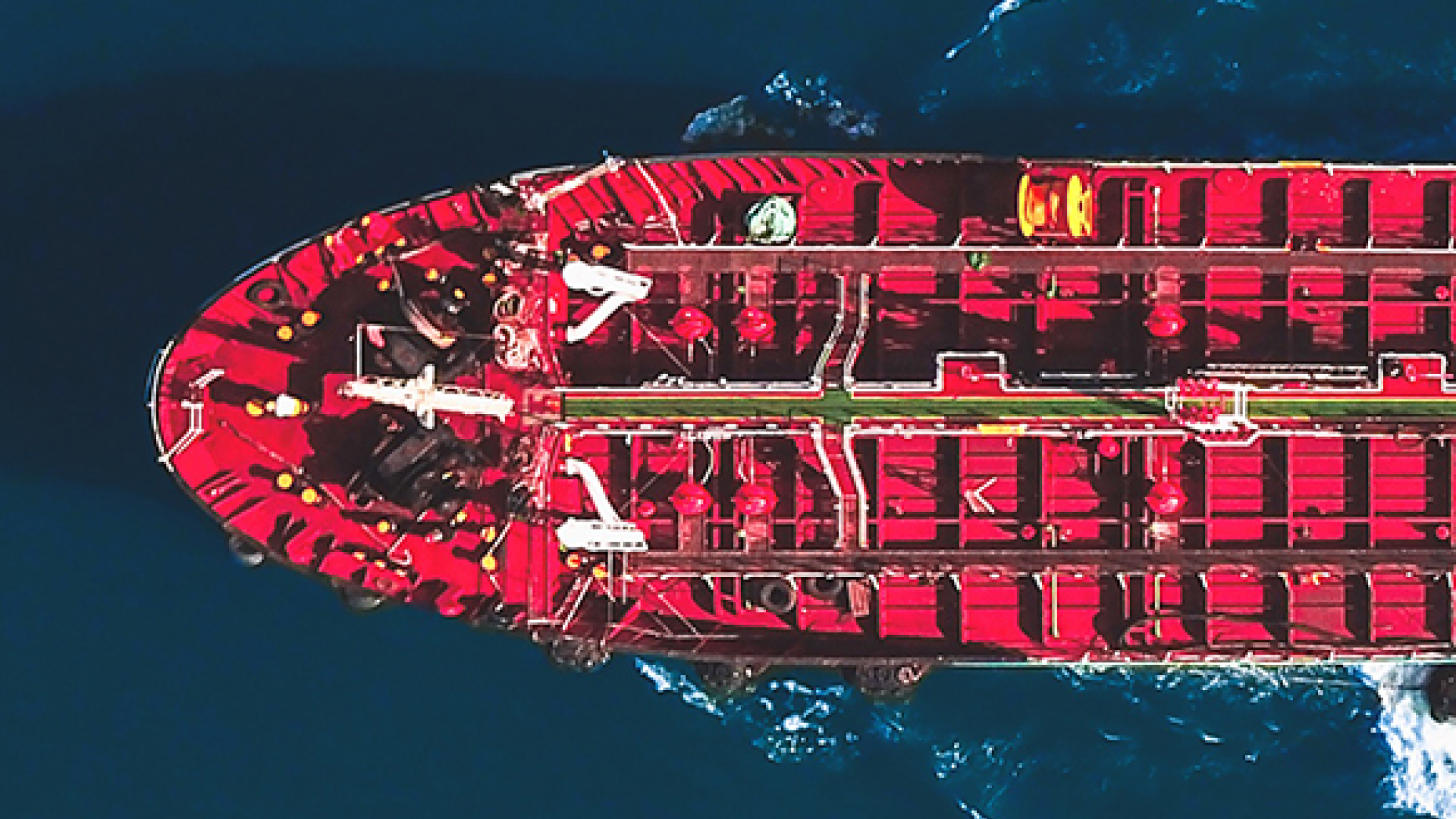
Geoeconomic Briefing
Geoeconomic Briefing is a series featuring researchers at the IOG focused on Japan’s challenges in that field. It also provides analyses of the state of the world and trade risks, as well as technological and industrial structures (Editor-in-chief: Dr. Kazuto Suzuki, Director, Institute of Geoeconomics (IOG); Professor, The University of Tokyo).
Disclaimer: The opinions expressed in Geoeconomic Briefing do not necessarily reflect those of the International House of Japan, Asia Pacific Initiative (API), the Institute of Geoeconomics (IOG) or any other organizations to which the author belongs.
-
 Is China Guardian of the ‘Postwar International Order’?2025.12.17
Is China Guardian of the ‘Postwar International Order’?2025.12.17 -
 Japan-India Defense in a Fragmenting Indo-Pacific2025.12.10
Japan-India Defense in a Fragmenting Indo-Pacific2025.12.10 -
 The “Economic Security is National Security” Strategy2025.12.09
The “Economic Security is National Security” Strategy2025.12.09 -
 India - Japan: The Glimpse of a Shared Vision2025.12.05
India - Japan: The Glimpse of a Shared Vision2025.12.05 -
 Beijing’s ‘Globalist’ Agenda Under Trump 2.02025.12.01
Beijing’s ‘Globalist’ Agenda Under Trump 2.02025.12.01
 Event Report: The Trump Tariffs and Their Impact on the Japanese Economy2025.11.25
Event Report: The Trump Tariffs and Their Impact on the Japanese Economy2025.11.25 The Real Significance of Trump’s Asia Trip2025.11.14
The Real Significance of Trump’s Asia Trip2025.11.14 The “Economic Security is National Security” Strategy2025.12.09
The “Economic Security is National Security” Strategy2025.12.09 The long road to a South Korea-U.S. trade deal2025.11.26
The long road to a South Korea-U.S. trade deal2025.11.26 Trump’s Tariffs Might Be Here to Stay – No Matter Who’s in Power2025.11.28
Trump’s Tariffs Might Be Here to Stay – No Matter Who’s in Power2025.11.28


